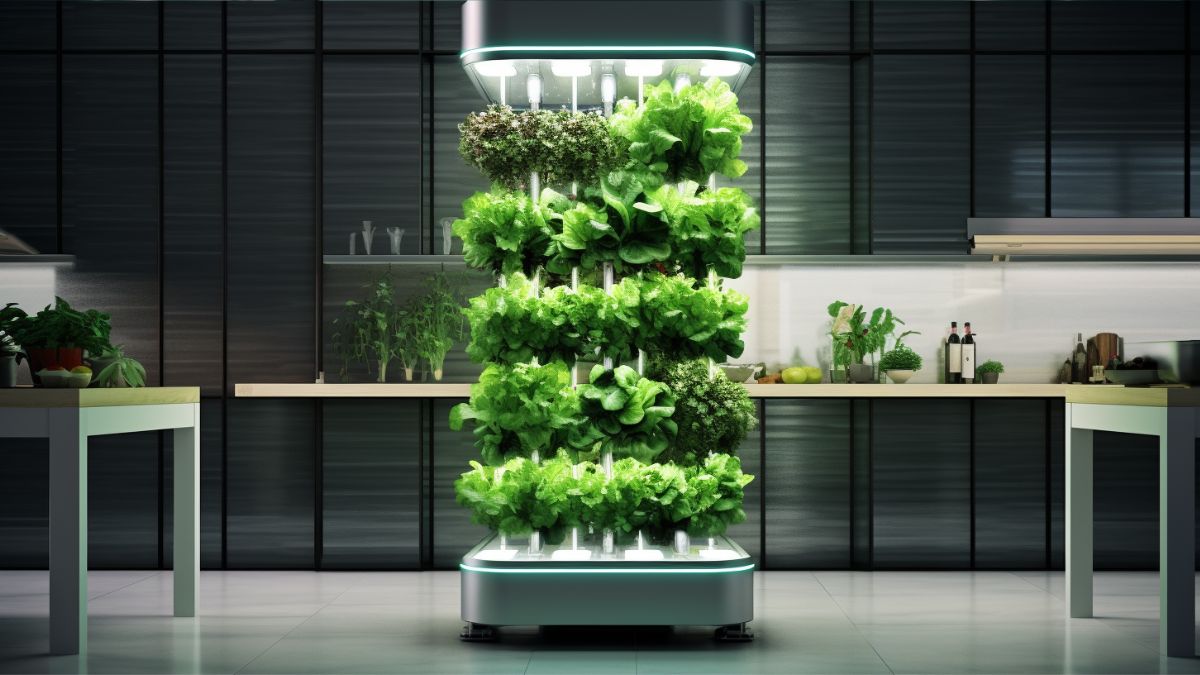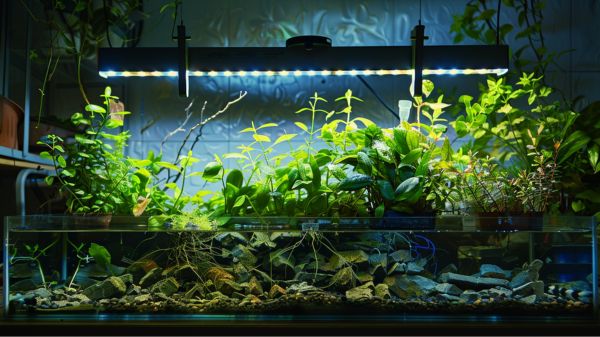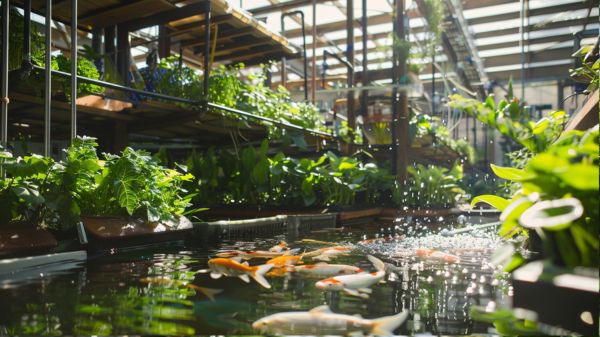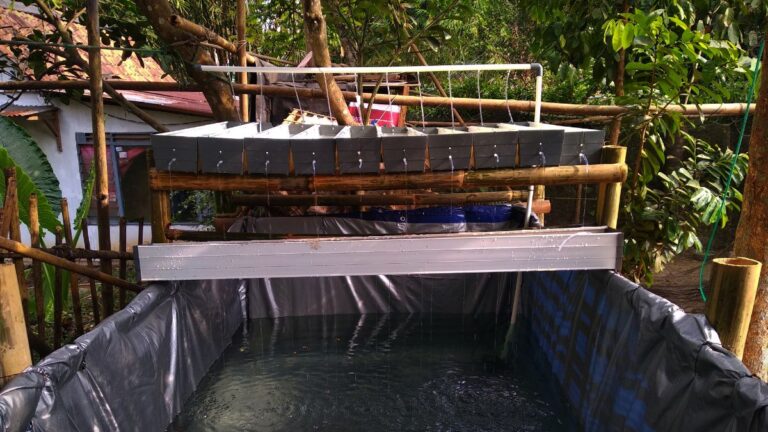Why Choose Indoor Hydroponics Over Aquaponics?
When it comes to cultivating plants, we have discovered a thriving method that allows us to harness the power of nature while enjoying the comforts of our own home. Indoor hydroponics, like a gentle rain shower on a sunny day, offers us a unique and rewarding way to grow our green companions.
In our quest for belonging and a sense of community, we find solace in the lush foliage that fills our living spaces. With lower maintenance requirements and greater control over nutrient levels, we can witness the remarkable growth and productivity of our plants.
Plus, the elimination of fish care and potential issues makes this method perfect for those of us with limited space. Indoor hydroponics truly brings nature’s wonder into our homes.
Lower Maintenance Requirements
When it comes to lower maintenance requirements, indoor hydroponics offers a practical solution for plant growth. With reduced water usage and decreased pest problems, this method of cultivation provides an efficient and hassle-free way to grow plants.
Compared to traditional soil-based gardening, indoor hydroponics uses up to 90% less water, making it a more sustainable option. By delivering water and nutrients directly to the plant’s roots, hydroponic systems eliminate the need for excessive watering.
Furthermore, indoor hydroponics minimizes the risk of pest infestations, as the controlled environment reduces exposure to insects and diseases. This not only simplifies plant care but also reduces the need for chemical pesticides.
With lower maintenance requirements, indoor hydroponics offers a convenient and eco-friendly way to cultivate plants.
Greater Control Over Nutrient Levels
How can indoor hydroponics provide greater control over nutrient levels compared to other cultivation methods?
Indoor hydroponics allows for precise nutrient solution management and water quality control, giving growers the ability to tailor the exact amount and type of nutrients their plants receive. This level of control ensures optimal plant growth and health, leading to higher yields and better quality produce.
With indoor hydroponics, growers have the power to adjust the nutrient solution composition based on the specific needs of their plants, ensuring they receive the ideal balance of nutrients for maximum growth and productivity.
Additionally, by closely monitoring and managing water quality, growers can prevent nutrient deficiencies or excesses, minimizing the risk of plant diseases and nutrient imbalances.
This level of control over nutrient levels sets indoor hydroponics apart from other cultivation methods, providing growers with the confidence and assurance that their plants are receiving the optimal nutrition they need to thrive.
Increased Plant Growth and Productivity
Our increased plant growth and productivity is a result of our meticulous control over nutrient levels in indoor hydroponics. By providing plants with optimal nutrient solutions, we ensure that they receive the essential elements they need to thrive.
Compared to traditional soil-based farming, hydroponics allows for higher nutrient absorption rates, as the nutrients are directly delivered to the plants’ root systems. This targeted approach eliminates the competition for nutrients that can occur in soil and maximizes the plants’ ability to take up what they need.
Additionally, indoor hydroponics systems offer a reduced risk of pests, as they eliminate the need for soil, where pests can thrive. This controlled environment minimizes the chances of infestations and allows plants to grow without the hindrance of pests, further enhancing productivity.
Elimination of Fish Care and Potential Issues
One advantage of indoor hydroponics over aquaponics is the absence of fish care and associated problems. With indoor hydroponics, you can focus solely on the health and growth of your plants, without the need to worry about the well-being of fish. This eliminates potential issues that may arise in aquaponics systems, such as fish diseases or water quality fluctuations.
Advantages of eliminating fish care in indoor hydroponics include:
- No need to monitor fish health regularly.
- No risk of fish diseases affecting your system.
- No need to maintain proper water quality for fish.
- No concerns about fish waste accumulation.
Suitable for Limited Space Environments
Indoor hydroponics offers a practical solution for those dealing with limited space environments. Vertical gardening, a technique commonly used in indoor hydroponics, allows individuals to maximize their growing space by utilizing vertical surfaces. This is particularly beneficial for urban farming where space is often limited.
With vertical gardening, plants are grown in stacked layers, making efficient use of available space. This method not only allows for more plants to be grown in a smaller area, but it also provides better access to sunlight and airflow, promoting healthier plant growth.
In addition, indoor hydroponics systems can be tailored to fit any space, whether it’s a small apartment or a rooftop garden. This flexibility makes indoor hydroponics a suitable choice for those looking to grow their own food in limited space environments.
Conclusion
In conclusion, indoor hydroponics offers numerous advantages over aquaponics. With lower maintenance requirements and greater control over nutrient levels, it allows for increased plant growth and productivity.
Additionally, the elimination of fish care and potential issues makes it a more convenient option.
Most importantly, indoor hydroponics is suitable for limited space environments, making it an ideal choice for urban dwellers or those with limited gardening space.
Overall, it provides a hassle-free and efficient method of growing plants indoors.







